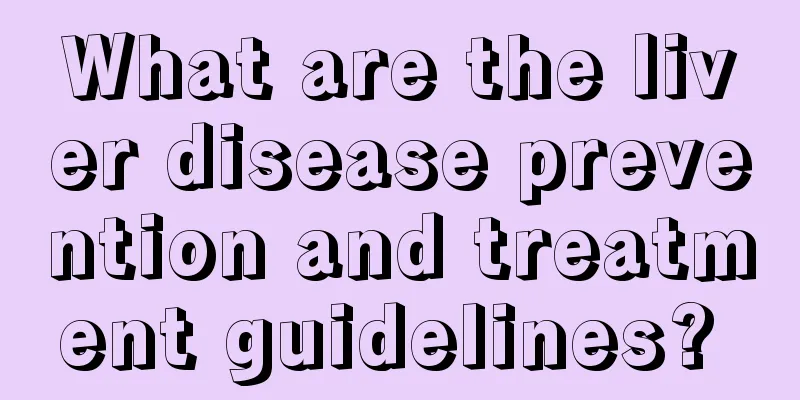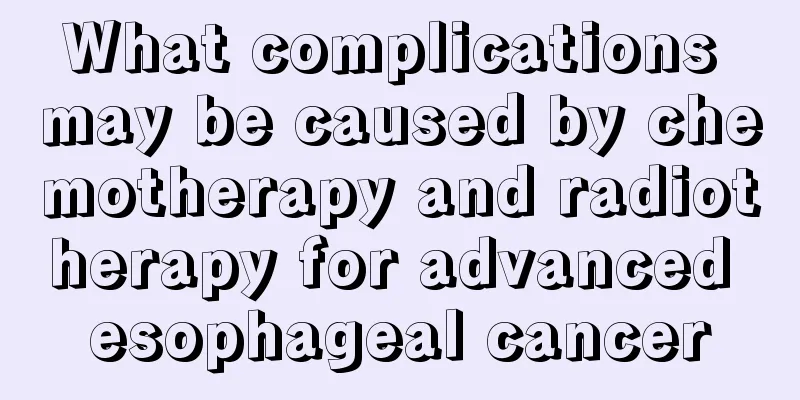What are the liver disease prevention and treatment guidelines?

|
The liver is a very important organ in the human body. If there is a problem with the function of this organ, the body's detoxification ability will be greatly reduced. In severe cases, toxins will appear in the body, such as some heavy metal poisoning. The human liver will have many kinds of diseases, such as hepatitis, cirrhosis and fatty liver, etc. These diseases are very harmful, so we should take measures to prevent and treat liver disease. The following is a guide to the prevention and treatment of liver disease. Liver disease prevention and treatment guidelines: (1) HCC surveillance should be performed in patients with cirrhosis because it can improve overall survival. (Quality of evidence: moderate; Strength of recommendation: strong) (2) Ultrasound (US) monitoring is performed every 6 months, and there is no strict requirement for alpha-fetoprotein (AFP) monitoring. (Evidence quality: low; Recommendation strength: conditional) (3) Patients with Child-Pugh C liver function cirrhosis have a low expected survival rate, so it is recommended that patients who are not awaiting transplantation do not need to be monitored. (Evidence quality: low; Recommendation strength: conditional) Technical Review (1) It is still unclear which monitoring method can better improve the survival rate, US alone or combined US+AFP testing. (2) The optimal monitoring interval is 4 to 8 months. (3) No new surveillance strategies based on etiology or risk stratification models are currently recommended. The old guidelines summarized people with chronic hepatitis B and cirrhosis, but did not include people with cirrhosis caused by chronic hepatitis C or fatty liver. Whether monitoring biomarkers such as AFP improves survival is uncertain. Should adult patients with cirrhosis and suspected HCC undergo diagnostic evaluation with CT or MRI? Recommendations HCC can be diagnosed using either CT or MRI, with similar diagnostic accuracy. (Evidence quality: lower for CT than for MRI; Recommendation strength: strong) Technical Review (1) In addition to considering the accuracy of diagnosis, it is also necessary to consider the conditions of the medical institution, the doctor's technical ability, the time spent on the examination, the cost, safety, and the patient's personal factors. (2) MRI is more technically complex than CT. Without professional knowledge, it is not recommended to use MRI examinations universally. Unlike most other malignancies, imaging diagnosis of HCC is relatively reliable, but there is no consensus on which imaging diagnostic technique to use. The recommended contrast agent is a gadium-based compound: disodium ganodeoxynate. When the nature of liver nodules in patients with cirrhosis is uncertain, should biopsy, repeated imaging examinations, or multiple imaging examinations be used? Recommendations (1) There are many options for liver nodules of uncertain nature, including follow-up imaging examinations, the use of other contrast agents or alternative imaging examination methods, and biopsy, but it is impossible to recommend which method is better. (Evidence quality: very low; Recommendation strength: conditional) (2) Routine biopsy of every liver nodule of unclear nature is not recommended. (Evidence quality: very low; Recommendation strength: conditional) Technical Review (1) Biopsy may provide a timely diagnosis and thus influence treatment decisions, but it carries the risk of bleeding and tumor implantation. A negative test result may be due to failure to obtain representative tissue. (2) According to the Liver Imaging Reporting and Data System (LI-RADS) of the American College of Radiology, the Organ Procurement and Transplantation Network (OPTN), and previous AASLD guidelines, strict imaging criteria have been established for HCC with a diameter ≥1 cm. The typical manifestations are significant enhancement in the arterial phase, less enhancement than that of the surrounding liver tissue in the venous phase, and continuous regression in the delayed phase. However, it is not applicable to lesions smaller than 1 cm. AASLD has recommended biopsy under US surveillance in the past, but biopsy has various limitations and is not the best strategy for all cases. There is controversy over how best to manage an undefined liver nodule. |
<<: Is placenta storage useful?
>>: Can pregnant women eat sweet potatoes?
Recommend
Is it serious if a cauliflower tumor biopsy is benign?
Tumors are very scary diseases for people because...
How to treat shoulder adhesion
The treatment of shoulder adhesion includes surgi...
How to quickly get rid of shingles?
Shingles is a skin disease caused by the varicell...
What foods are better for breast enlargement
Many women nowadays want to have bigger breasts, ...
What's wrong with bloody stool and bloating
Blood in the stool and bloating may be caused by ...
What to eat if estrogen level is low
For female friends, estrogen is a very important ...
Non-surgical treatment for kidney cancer
With the development of medicine, the treatment o...
How long can I live with shoulder pain due to lung cancer
There are many factors that lead to this situatio...
What is the situation of the bulging veins on the feet
Blue veins are also commonly referred to as veins...
What complications does high uric acid cause
Some people have high uric acid levels, while oth...
Cranial CTA
The brain is an important "commander" i...
What are the diagnostic criteria for uremia?
The development of uremia is very slow. It is dev...
Nursing measures to prevent gallbladder cancer from worsening
When gallbladder cancer attacks, it generally aff...
What are the basic elements of care for melanoma patients
In recent years, melanoma has gradually evolved i...
How much does glioma cost
Glioma does not appear often in our lives, but th...









